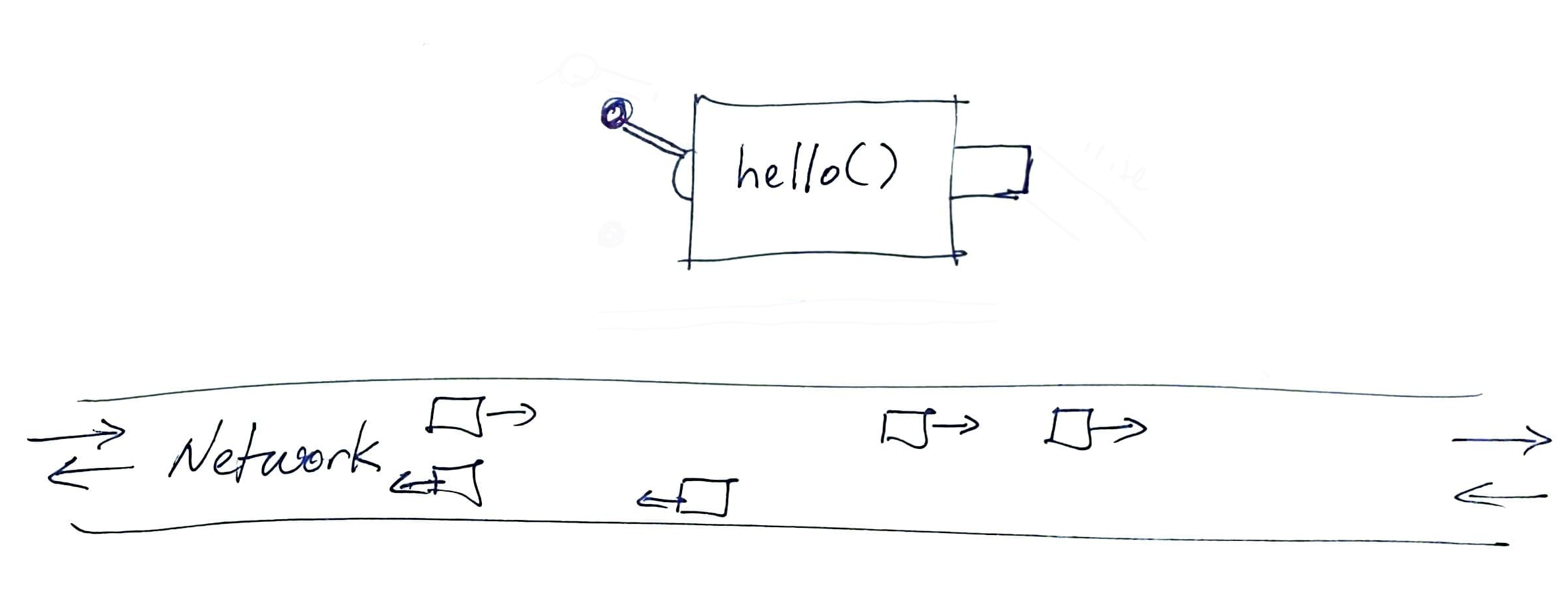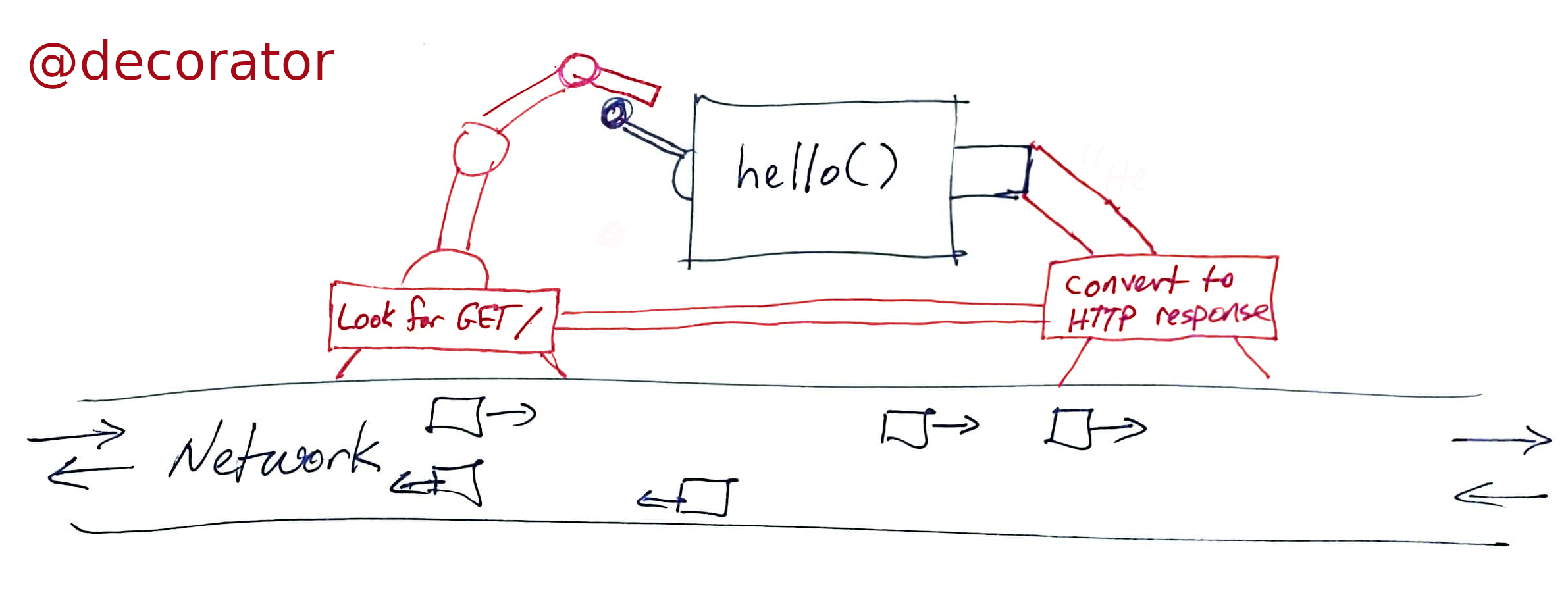Lecture 35
Making simple APIs with Flask
MCS 260 Fall 2021
Emily Dumas
Reminders
- Homework 12 due Tue Nov 16 at 10am
- Read the project 4 description
- Project 4 proposals due by Nov 17
Flask
Flask is a Python web framework. It lets you build APIs and web sites with Python.
Competitors include:
Installing Flask
Using pip to install, if the interpreter name is python3:
python3 -m pip install flask
Confirm installation by testing import in the REPL:
>>> import flask
>>>
If Flask is not installed, this will produce an error.
Decorators
Flask uses a lot of decorators, a Python feature we haven't covered yet.
Basically, on a line immediately before a function definition, you put a command beginning with @, e.g.
@decname
def f(x,y,z):
Here, decname needs to be replaced with the name of a decorator, which is a certain kind of higher-order function. It modifies the behavior of f.
Why decorators in Flask?
We might write a function that returns a string:

Why decorators in Flask?
We might write a function that returns a string:

Why decorators in Flask?
A Flask decorator lets us link it directly to a URL:

Why decorators in Flask?
A Flask decorator lets us link it directly to a URL:

Goal 1
Build API so that
/
returns
"Hello World".
Goal 2
Build API so that
/element/random
returns a JSON object with info about a randomly-selected chemical element.
Goal 3
Build API that checks whether a given word is a palindrome, so
/palindrome/test?word=banana
would return False in JSON.
Summary
- Name
localhostor IP address127.0.0.1is used to refer to the same host you're making a request from. http://domain.com:1234/rest/of/URL/means to use port 1234 instead of the default (which is 80 for HTTP).- If
appis aflask.Flaskobject, the decorator@app.route("/path/part/of/URL/")makes a function into a URL handler. - Names of functions that handle URLs are distinct from the URLs they answer to.
flask.jsonifyconverts a Python value into a suitable return value from a URL handler.
References
- The Flask tutorial is nice but is focused on building web pages.
- This Flask API development tutorial by Patrick Smyth is nice.
Revision history
- 2021-11-11 Initial publication